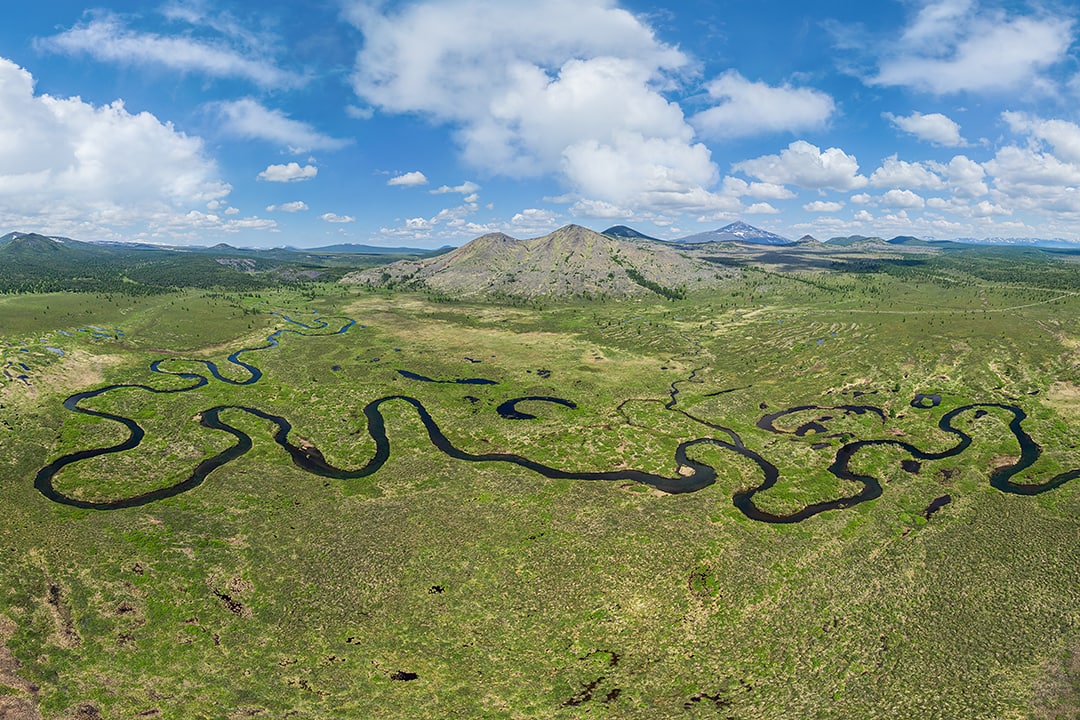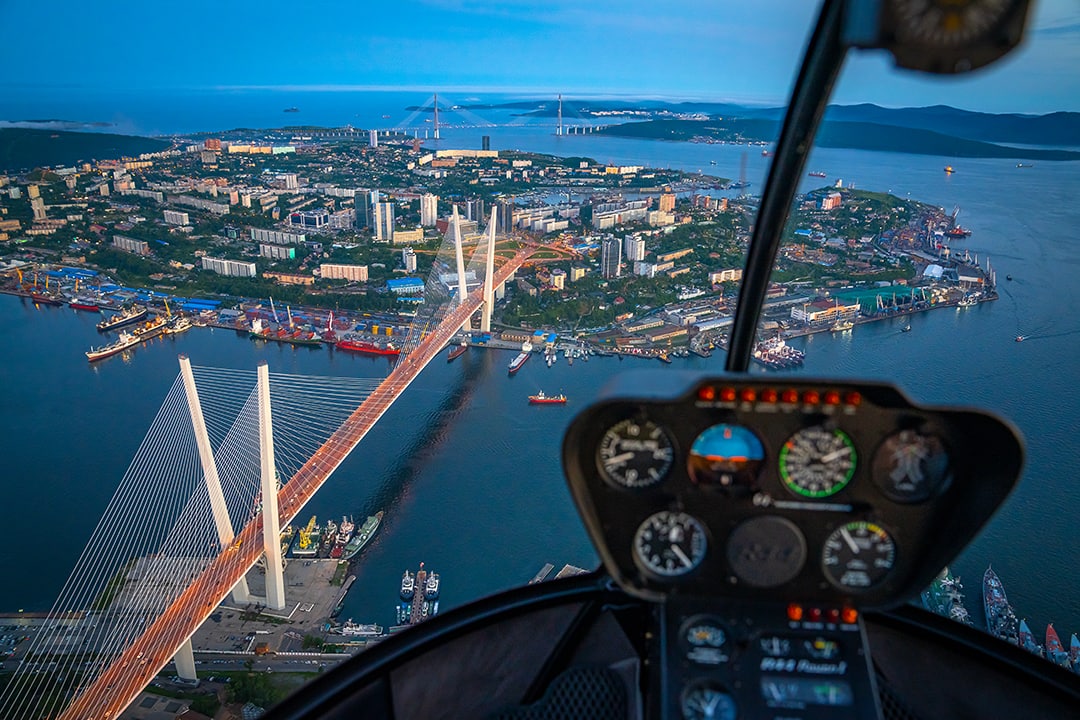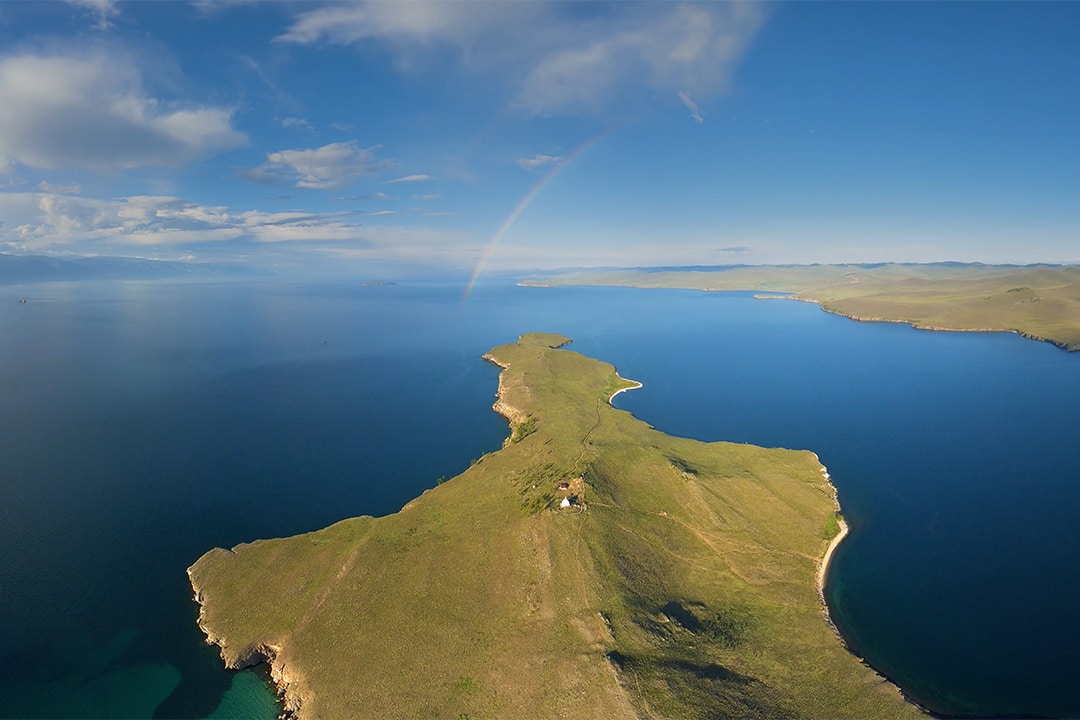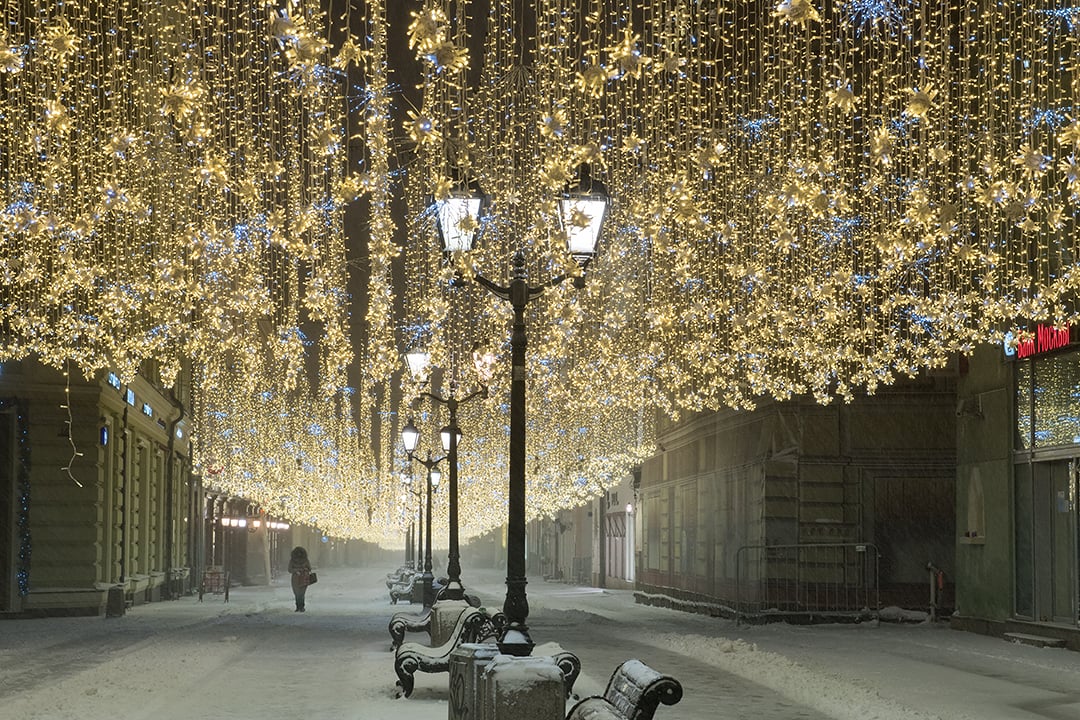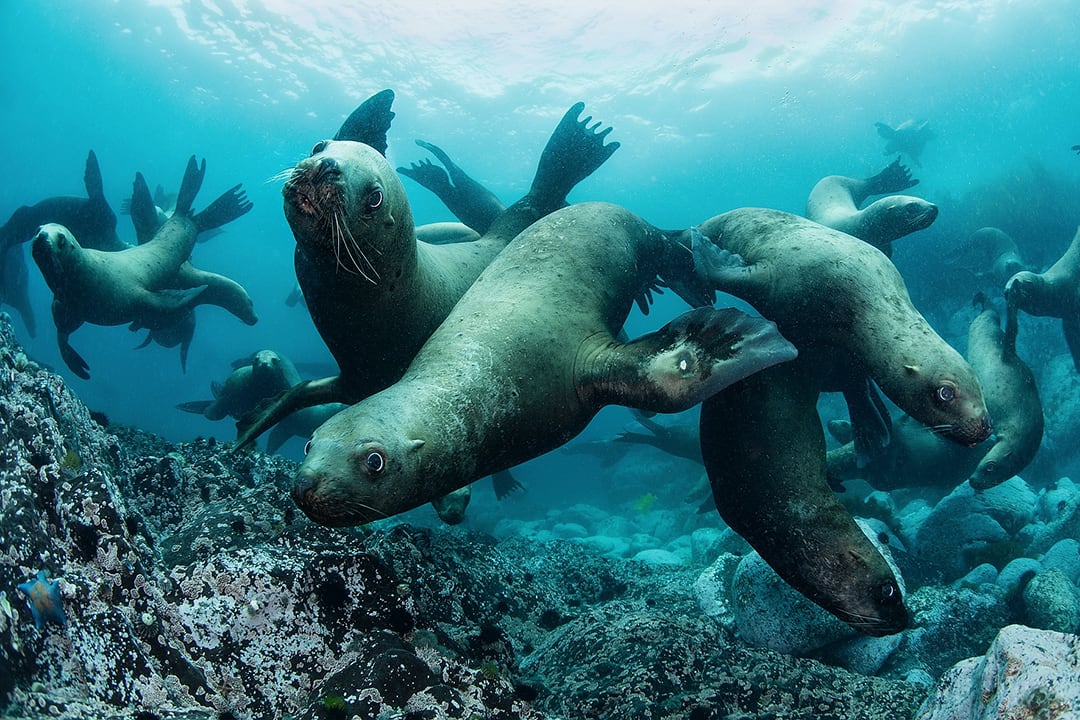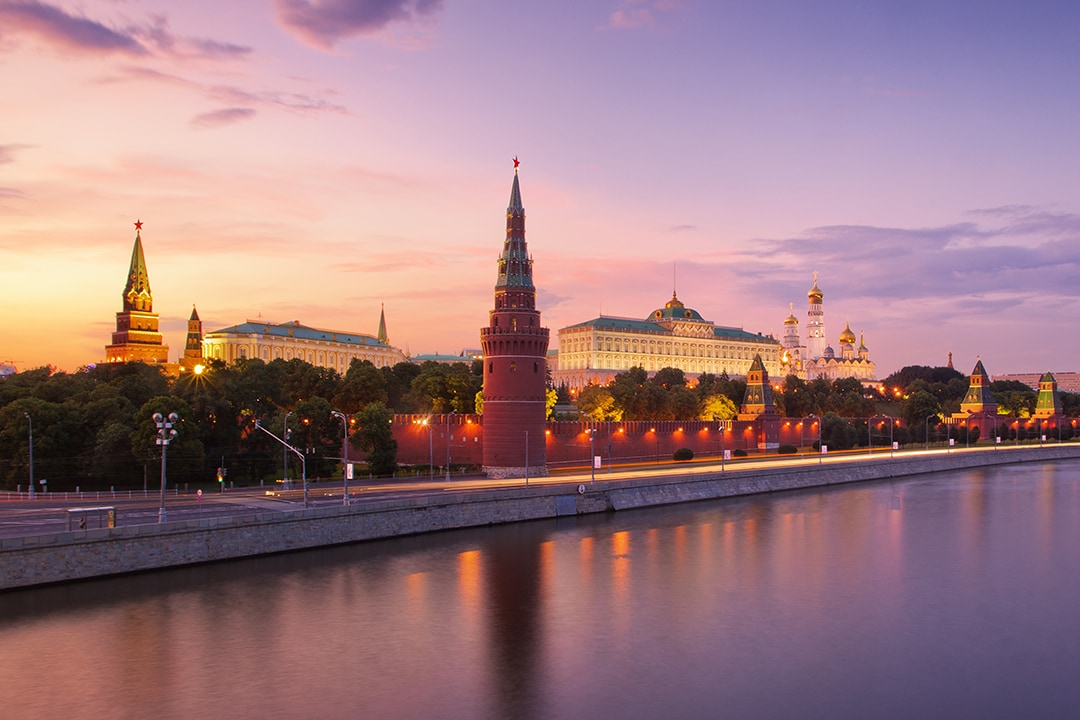Crimea
The idea of going to the Crimea on a car was rather adventurous. News from the ferry-crossing was not that good, so we knew for sure that we had to wait for a long time. But, on the other hand, travelling by car is much more fascinating than other ways and promises a lot of advantages for a photographer. So, with our trunk full with equipment, we are following the grey ribbon of the road that leads us to the south, to the Crimea!
And surely, there was a waiting queue on the ferry crossing. But we were lucky enough to reach it in the evening, so we didn't have to wait under the burning sun. Cars moved forward for several meters, then stopped, in ten minutes they again moved a little bit more. Thus we spent the sleepless night. Finally, we embarked the ferry and soon we could see the shore of the Crimea.

The first impression was as if I had gone back 30 years ago. It felt like since the Soviet period the Crimea had not changed significantly. We started the shooting from Kerch. In the early morning the streets were still empty, so we made several panoramas in the rays of the rising sun. There were hundreds of kilometers of the road to go ahead, but the first shooting are always the most remarkable.
From Kerch we are heading for Simferopol, then Bakhchisarai, Sevastopol, Yalta, Sudak... The Crimea is rather diverse, there are so many interesting and beautiful places that we can't visit all of them during one expedition.
Simferopol doesn't look like any other city of the Crimean Peninsula. It can be considered rather young, especially comparing to other ancient cities of the region. But since the time of Catherine the Great it has been the administrative centre of the Crimea.

Bakhchisarai is rich with architectural monuments and natural sights. Canyons and rocks, cave settlements and monasteries — there are lots of them. Sometimes it is rather difficult to reach them. So we changed our car to UAZ and set off for shooting. However, sometimes even this reliable car couldn't get through, that is why in places we had to climb to get our destination and carry the equipment on our backs. But the view from the top of Tepe-Kermen was worth it! The mount is dig up with ancient caves, which previously were inhabited by people. Later in the evening, just at the moment of sunset, tired, but contented, we returned to Bakhchisarai to take photos of the famous Khan's Palace.
Sevastopol is not just a harbour-city: there are a lot of things that remind of its glorious history which has its roots in antiquity. The outpost of Telapil — the first settlement on the place of modern Sevastopol — was founded in the 6th century B.C. Later it was conquered by the Greeks and changed its name to Chersonesus. Rocky capes and twisting bays served as good natural fortification of the city. The modern Sevastopol was founded in 1783. The city played a key role in the Crimean War and World War II.

The Sevastopol's embankment is marvellous. We came here in the evening. Waves were crashing against the pedestal of the Sunken Ships monument, the sun was casting mysterious shadows, the orchestra was playing some music. The city, with its wonderful and heroic history, is just magnificent. We didn't want to leave it, but there still was a bigger part of our journey ahead of us.
Being in good spirits we went to Yalta, but here we came across the actions of the bureaucratic system. We missed some documents and stamps that allowed us to make panoramas, so we spent a lot of time overcoming red type. Finally, we got the papers and managed to take photos of splendid palaces and sights of Yalta. Meanwhile the weather was getting worse.
The mountain which rises above Yalta and which name can be translated as ‘Saint-Peter' is Ai-Petri. We were going to take photos from the top of the mountain at sunrise. There was a long serpentine road ascending a steep slope. The sky went overcast and the hope to see a beautiful sunrise was fading away. For a moment the sun came out from behind sinister clouds, which were flying above the sea, illuminated them from beneath and then again hid itself. Nevertheless I decided to ascend the mountain. The peak of Ai-Petri is one of the windiest places in the Crimea: the strongest winds can reach a speed of 50 meters per second. I stood with great difficulty, so I had to hide in the cracks of a rock. Clouds rushed past me with a great speed. Now and then the cross, which rises above the teeth of rocks, totally disappeared in fog. As soon as the wind had died I managed to make several panoramas. But the sun didn't come out anymore during that day. We were much luckier during our following visit to the Crimea, but that's another story.

Ones more remarkable things of the Crimea are the wines of Massandra and Gurzuf. These wineries were founded in the 19th century. The legendary White Muscat of The Red Stone was repeatedly awarded at different international contests: it won the cup of ‘Super Grand Prix', three cups of ‘Grand Prix', 22 gold medals and twice it was considered to be the best wine in the world. Grape for this wine is grown on the only plantation that is situated near the rock named The Red Stone, close to Gurzuf.
In the Soviet Union camps for Young Pioneers were widespread: the most famous one was Artek. Its territory covered 208 hectares, a half of it was occupied by parks, and the camp also had the 7-kilometers long beach which lasted from Ayu-Dag to Gurzuf. The camp still owns these territories and creates a great impression, despite the fact that some buildings obviously need to be repaired. Here we were welcomed cordially, and moreover, we were lucky enough to visit the closing ceremony of the International Children's Film Festival. There, in Artek, we were working for several days.
After that the night's journey followed. The day's heat had warmed up the road, so heavy raindrops which were falling on asphalt immediately became fog and created ghostly figures in the headlights. The following day we were to take photos underground — in the caves of Chatyr-Dah, which are ones of the most interesting in Europe.

They are unique for their immense dimensions and great number of calcite formations. The most beautiful of them is the Emine Bair Hosar cave (sometimes called Mammoth's cave). We spent there the whole day, because being underground time flew very fast. This is the place where the skeletons of ice-age animals had been found: mammoths, bisons, woolly rhinoceroses and cave bears. Here one can also see extraordinary natural sculptures, which have been forming for thousands of years. These include the sculptures called King and Queen (two giant stalactites), the shimmering vault of the hall called ‘Treasury', the keeper of the cave — mysterious and severe White Speleologist, whose figure is situated in the hall ‘Kechkemet'.
That would be endless to talk about the Crimea, as well as the journey around the peninsula can last for a very long time. But the two-week expedition is fulfilled and you can see the results in our virtual tour.
The team of AirPano would like to thank the government of the Republic of Crimea and Sergey Aksyonov personally, staff members of the International Children's Camp Artek, the Speleogoly&Tourism center Onix-Tour, the wineries of Gurzuf and Massandra, and all those people who helped to organise the expedition.
The Crimean Peninsula is situated on the northern coast of the Black Sea. It's washed by the Sea of Azov from the north-east and connected to the mainland by a narrow 8-kilometer wide Isthmus of Perekop. Since 19th century Crimea is considered to be one of the best tourist resorts thanks to its good climate and warm Black Sea. Peninsula's coastline is over 2500 kilometers long and has numerous beaches on greater part of its coastal territory. But they are not the main sightseeing spots of Crimea. With the financial support of the Russian Geographical Society AirPano team conducted an aerial survey of the peninsula, and our panoramas can show you interesting natural monuments, architecture, historical landmarks, and culture of Crimea.

One of many Crimea's mountain ranges, Ai-Petri, happens to be the foggiest place of the peninsula. It's covered in fog 215 days a year. The highest point of Ai-Petri mountain range, Mount Doom, has an altitude of 1346 meters above the sea level. Ai-Petri opens a wonderful view on the shore of the Black Sea and whole Yalta, and it's equally popular among nature lovers and climbers. You can get here by taking a cable car from Miskhora. Also, it's worth noting that there are no support towers between stations Sosnoviy Bor and Ai-Petri and the distance between them is 1670 meters, making it the longest cable car route in the world.

Closer to Alupka, at the foot of Ai-Petri, there is incredible Vorontsov Palace. It had been under construction from 1828 to 1848 and served as a summer residence of a prominent Russian statesman, Governor-General of Novorossiya, Prince Mikhail Vorontsov. At the time its architecture was innovative. An important feature was the building's position against the terrain of the mountains, which allowed the palace to blend naturally with the surrounding landscape and defined its original artistic and expressive image. It's interetsting to note that the British architect, Edward Blore, didn't visit Alupka, but his theoretical study of the area allowed him to create an ideal and, at the same time, unusual project. A surrounding landscape design was a work of a brilliant German botanist Carl Antonovich Kebah. Thanks to his talent Vorontsov's Park is now a recognized monument of landscape art.

Beside Vorontsov Palace, there is another contestant for the title of Crimea's most luxurious residence — Livadia Palace — a summer resort of the Russian emperors. This building in light Italian style was built in the late 19th century under the direction of Monighetti and N. P. Krasnov.
Another Crimea's famous landmark, undoubtedly the most original one, is a palace with a romantic name the Swallow's Nest. From outside the building resembles a real medieval knight's castle, and just like a nest it's resting on top of the 40-meter high Aurora Cliff that overlooks Cape Ai-Todor near Yalta.

There is Genoese fortress on the 157-meter high Castle Hill near the city of Sudak. Legend has it that the fortress was built in 212 AD by the Alani settlers, although there is no archaeological evidence supporting this date. Some scientists believe that it was built at the end of the 7th century by Khazars or Byzantine people. Throughout history, the fortress was owned by the Cumans, Golden Horde, and Turks, and its current name was given by the Genoese who, once again, rebuilt it in 14-15th centuries. Presently, the fortified complex consists of two defense lines: the external (St. Cross Castle) and internal (Elijah's Castle). The convenient location and powerful structures made the fortress almost impregnable: in the south and east it was protected by the mountains that stretched all the way down to the sea, and in the north-east, presumably, there was an artificial moat. Nowadays, the fortress is open to everyone: there is a museum on its territory.

One of the most famous cities, Sevastopol, is located in the south-west part the Crimean Peninsula. We already made a separate tour for this city. And on the east coast you can find one the most ancient cities in the world, Kerch. In the city you can find burial mounds that trace back to the Bronze Age (c. 3000-1000 BC); at the end of 7th century BC the site of the present-day Kerch was occupied by an ancient Greek city Panticapaeum; in the 6th century AD the city was ruled by the Roman (Byzantine) Empire; in recent history the city of Kerch is known as a Hero City of the Great Patriotic War of 1941-1945. It will take several pages to tell you about all of Kerch's sights. While visiting the city, you can see the royal burial mound, a final resting place of one of the Bosporan kings (4th century BC), Ottoman fortress Yeni-Kale (18th century), one of the oldest Christian churches the Church of St John the Baptist (10th century) and many other unique monuments. We hope that you will use our panoramas as a starting point of your own independend studies of history and heritage of this beautiful city.

The same can be told about other Crimean landmarks that we photographed: Alushta, Bakhchysarai, Feodosia, Cape Fiolent, Camp Artek, resort town of Foros, Gurzuf, Koktebel, Massandra, Novyi Svit resort, Simferopol, and Port Krym. Every corner of the peninsula is full of its own unique sights. We invite you to join us on this exciting virtual journey!
Photo and text by Stas Sedov and Sergey Shandin
18 March 2015
Read more
Photogallery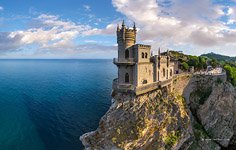 Ai-Todor Cape, Swallow's Nest
Ai-Todor Cape, Swallow's Nest
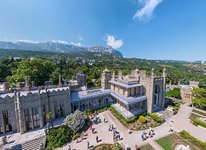 Vorontsov Palace at the base of the Ai-Petri mountain
Vorontsov Palace at the base of the Ai-Petri mountain
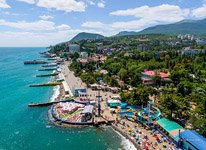 Bird's eye view of Alushta public beach
Bird's eye view of Alushta public beach
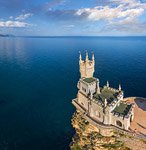 Swallow's Nest
Swallow's Nest
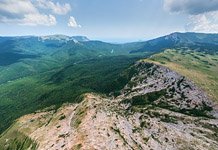 Chatyr-Dag mountainous massif
Chatyr-Dag mountainous massif
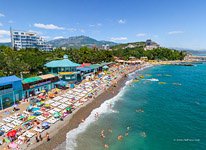 Alushta public beach
Alushta public beach
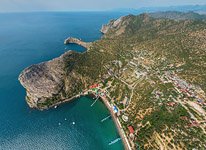 Novyi Svit resort, an urban-type settlement
Novyi Svit resort, an urban-type settlement
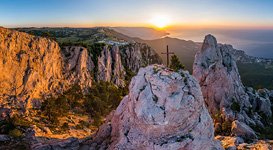 Ai-Petri peak #3
Ai-Petri peak #3
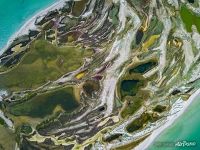 Crimea
Crimea
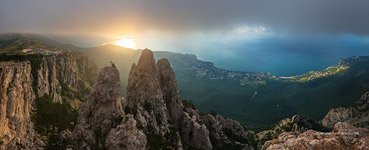 View from Ai-Petri #1
View from Ai-Petri #1
 Demergi, Crimea #2
Demergi, Crimea #2
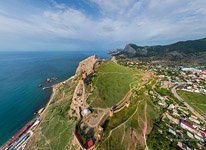 Genoese fortress, Sudak
Genoese fortress, Sudak
Virtual Travels in 360°
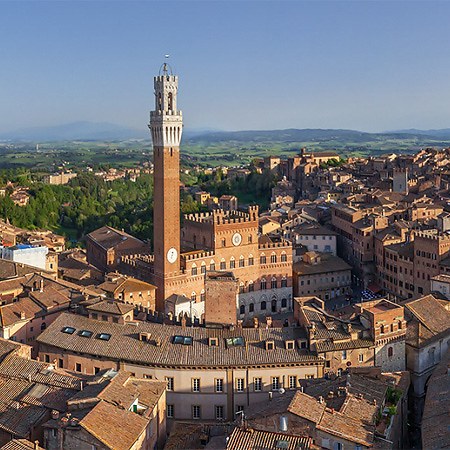 Siena, Italy
Siena, Italy
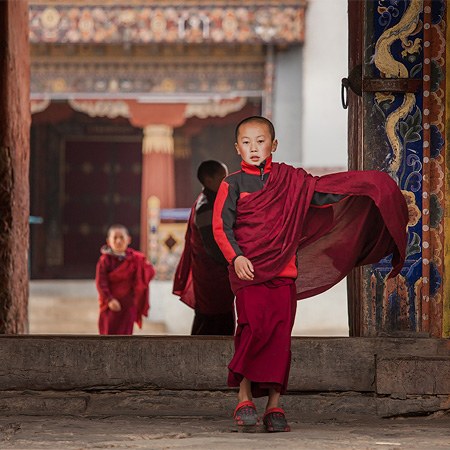 Bhutan. Part II. Thangbi Lhakhang
Bhutan. Part II. Thangbi Lhakhang
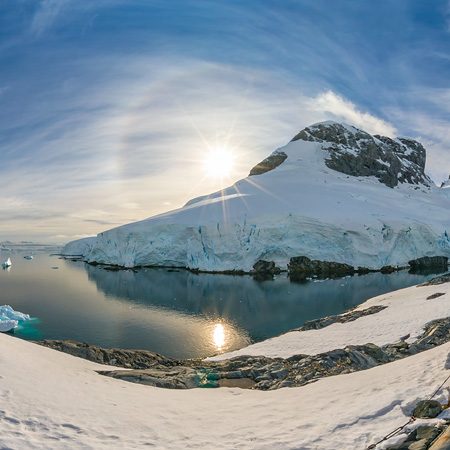 Antarctic Biennale
Antarctic Biennale
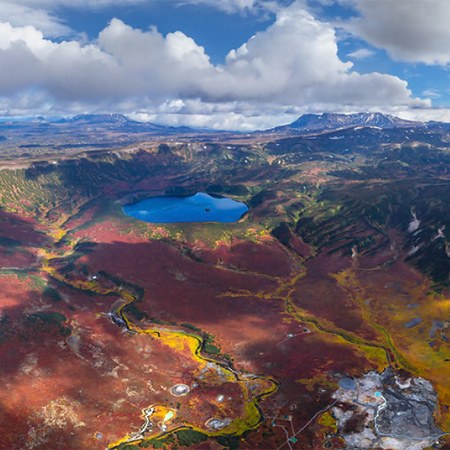 Uzon caldera, Kamchatka, Russia. Part II
Uzon caldera, Kamchatka, Russia. Part II
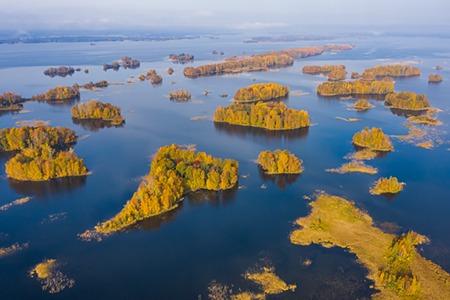 Four Seasons. Autumn Forest. Relax Flight
Four Seasons. Autumn Forest. Relax Flight
 Neuschwanstein Castle and St. Coloman Church, Germany
Neuschwanstein Castle and St. Coloman Church, Germany
 Rio de Janeiro. The Marvelous City
Rio de Janeiro. The Marvelous City
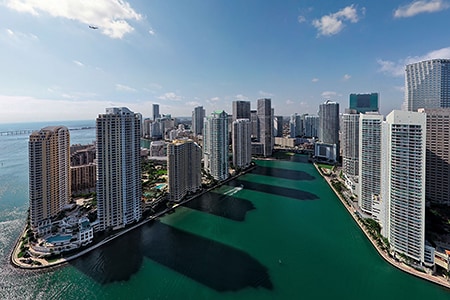 Relaxing Flight over Miami, USA
Relaxing Flight over Miami, USA
Show more








